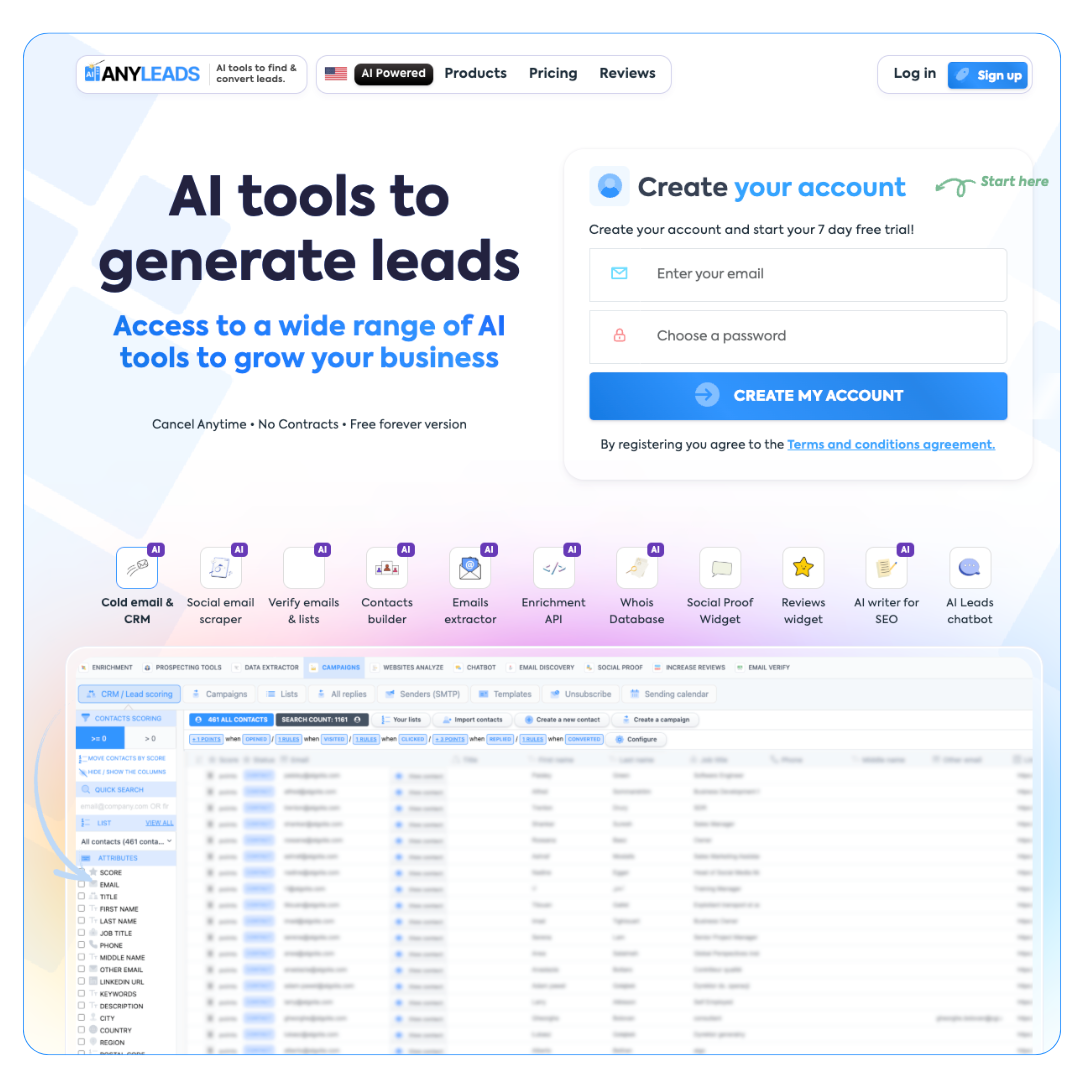 LIMITED SPOTS
All plans are 30% OFF for the first month! with the code WELCOME303
LIMITED SPOTS
All plans are 30% OFF for the first month! with the code WELCOME303

 LIMITED SPOTS
All plans are 30% OFF for the first month! with the code WELCOME303
LIMITED SPOTS
All plans are 30% OFF for the first month! with the code WELCOME303


Did you know? Manual KYC checks cost businesses around €12.58 per verification. And, when the KYC verification process is lengthy and tedious, nearly 40% of UK consumers just drop off. As KYC abandonment rates continue to rise, they pave the way for reputational damage, compliance risks, and lost resources.
Traditional paperwork-based KYC is slow, inefficient, and creates friction for the customer. That’s precisely why automated KYC verification matters.
This article breaks down what automated KYC is, how it works, and why businesses can't afford not to use it in a digital-first world.
Automated KYC (Know Your Customer) verification leverages high-end technologies, including artificial intelligence (AI), machine learning (ML), and biometric recognition, as well as other tools and processes, to perform real-time identity verification on individuals or businesses.
For example, an ideal KYC automation platform uses machine learning and biometric tools to extract data from official documents (such as passports and driver's licenses), compare and cross-check that data with data in global databases, and algorithmically make a decision. The fundamental goals of automated KYC are:
Minimizing potential for human error
Increased fraud prevention
Speed up safe and compliant onboarding
Automated KYC is not only for banks, though. Just like how it has been leveraged in retail, it is a massive opportunity in fintech, crypto, e-commerce, healthcare, insurance, as well as the gig economy.
The best KYC Automation providers cover you end-to-end in terms of identity verification and provide ongoing risk monitoring of your customers, as well as an audit trail that is compliant with global AML (anti-money laundering) regulations.
| Aspect | Manual KYC Process | Automated KYC Process |
| Speed | Takes days to weeks | Takes seconds to minutes |
| Scale | Limited and needs more staff to handle more volume | Highly scalable; can manage thousands of verifications at the same time |
| Accuracy | Prone to human error, typos, and oversights | High; reduces human error with algorithmic validation |
| Consistency | Varies between human agents | Consistent and standardized |
| Compliance | Hard to track and audit; needs extensive record-keeping | Gives an automated, auditable trail; easier to ensure compliance |
| Auditability | Time-consuming; needs physical or digital file retrieval | Instant reporting; all data and actions are logged automatically |
| Cost | High operational costs | Lowers costs through automation and fewer workers |


Manual KYC is extremely resource-intensive and hampers core business growth, which increases exposure to fraud and fines. Here are some profound implications that need to be pondered over:
Customers lose interest in onboarding when there are delays and friction.
Human involvement can lead to errors, missed risks, and audit headaches.
Costs soar as your team's time is spent chasing paperwork and checking compliance deadlines.
Regulations are becnoming more strict, which means maual processes are becoming irrelevant.
Automated KYC follows a multi-step process that combines various technologies to create a smooth, end-to-end verification flow.
The process starts with uploading a government-issued ID, utility bill, or company registration document. Optical Character Recognition (OCR) captures all data points from the papers at speed with near-perfect accuracy.
The best KYC automation systems also include document liveness detection, systematically flagging screenshots and photos of documents as suspicious.
Next, customers are prompted for a live selfie. The AI facial recognition technology confirms the selfie matches the image on the ID. It performs a rigorous "liveness" check (detects the slightest of movements) to ensure that the applicant is physically there and not a deep fake or a printed image.
Some providers even allow voice, fingerprint, or behavioral biometrics to offer an additional layer of assurance.
Once we have validated the document and biometric matches against lists around the globe, we also check government registries and sanctions data (OFAC, EU, UN), and Politically Exposed Persons (PEP) databases. If there is a high-risk match, we immediately flag for manual review.
Fraudulent transactions will never disappear completely, but with techniques like Address Verification (AVS), adverse media checks, device fingerprinting, and email/phone verification, the chances of fraud can be minimized.
The inherent risks are confronted using machine learning algorithms, which calculate a risk score by using all of the data that has been collected.
The easiest thing is for your business to set rules: you can approve instantly, deny outright, or escalate to compliance personnel when certain thresholds are met. The whole process makes it easy to ramp up while still having humans in the loop where necessary.
Instead of simply onboarding customers, machine learning software is sophisticated enough to create ongoing KYC.
Automated KYC solutions continuously assess ongoing customer data, checking every news event that might mention the customer, sanctions events that might affect them, or odd behaviours that might arise as the customer interacts with the product. These events prompt alerts on new risks, making it easy to remain compliant after onboarding.
Automation of the KYC verification process provides advantages that go way beyond compliance:
Speed to Onboard: Digital verification reduces waiting time from days or hours down to minutes, which reduces abandonment levels and increases user acquisition rates.
Operational Efficiencies: Automation removes repetitive, manual, and tedious tasks, enabling human resources to focus on complicated and valuable work.
Reducing Errors and Fraud: AI and biometric verifications are highly effective in lowering forgery, deep fakes, and human errors.
Standardised Audit Trail: Each verification is always done the same way, for which a tracking process exists, simplifying the audit and reporting process.
Continual Compliance: Perpetual KYC (pKYC) enables you to adapt to evolving regulatory requirements while maintaining the security you have always had, ensuring ongoing compliance support.
Cost Savings: Automating labor and minimising human error will improve your accuracy, leaving your company in a better position to realise substantial savings.
By adopting an automated KYC platform, you are implementing secure workflows that monitor verification data, which have audit and reporting capabilities to comply with changing regulations.


While automated KYC can offer many advantages, several issues may arise, so it's best to be vigilant. For instance, if the quality of the images is poor, e.g., blurry or glare on the picture of the passport, this can become a problem for OCR readings. To achieve this, identify a solution that provides employees with clear guidance on capturing high-quality pictures for reviews.
Sometimes, verifying international documents can be a tricky situation, as there are so many languages, formats, and platforms across the globe. If this is a concern, consider using a third-party provider that offers holistic services across all global documents and languages.
Also, regulatory compliance keeps evolving, which means routine updates to your system. To be ready for changes, select an adaptive and modular platform that can quickly adjust to new compliance regulations- without requiring an overhaul. Most importantly, handling potentially sensitive and highly sensitive customer data requires suitable data privacy practices.
To alleviate concerns, choose a provider with a robust security plan that utilizes vigorously audited processes and systems, including end-to-end encryption, in compliance with international data privacy laws, such as the GDPR Policy. More thorough explanations of how this works can be found on the Ondato KYC Automation page.
Manual KYC is becoming a thing of the past, negatively impacting the customer experience and creating unnecessary compliance and fraud risk. Automated KYC leverages advanced tools to streamline processes, expedite identity verification, and facilitate seamless onboarding for customers.
By being proactive and understanding what technology can offer, preparing for the challenges that will arise, and selecting the right scalable partners like Ondato, businesses can set themselves up for secure and efficient growth in the digital-first environment. To stay ahead, you must embrace automation, build for compliance, and support customers in navigating fast and trustworthy digital journeys.